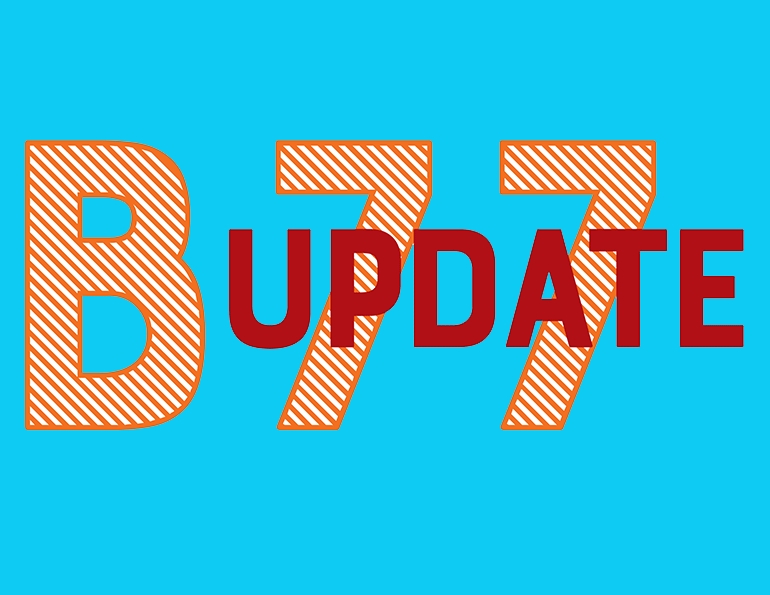Whether you are a lift operator, a veteran lift mechanic, or the general manager of a ski area, this column will help you stay abreast of news, developments, and advice regarding the transportation of our customers via lifts.
The ANSI (ASC) B77 is an American National Standard for Passenger Ropeways and for Funiculars—think: ski lifts. The standard—actually, two standards—provides a road map for how lifts and lift systems should be designed and installed, and subsequently operated and maintained.
The standards are updated every five years, to keep up with changes in technology and to reflect experience from the field. The latest revision was completed and released earlier this year.
If you aren’t referencing these standards, or are using an outdated version, on your lifts or ropeways, you should order the new standard immediately. Copies of the standard can be purchased on the NSAA website, nsaa.org.
As many of you know, the ANSI B77 standard has existed for decades, and has been through several revisions. The revision process is nearly constant; as soon as a new version receives approval, work begins on the next version. It’s similar to the way Microsoft, Google, and Apple continually update their software, but with a key difference: there’s a greater diversity of players in the ANSI system.
For B77, approximately 60 individuals from seven distinct interest categories—Allied Industry, Employee, Government, Independent Specialist, Insurance, Manufacturer, and Operator—comprise the ANSI Standards Committee (ASC) B77. The aim is to provide a range of inputs, without dominance from any particular interest category.
For ease of use, ASC B77 presents the two standards, each of which has its own book. The B77.1 Standard covers Passenger Ropeways – Aerial Tramways, Aerial Lifts, Surface Lifts, Tows and Conveyors. Standard B77.2 focuses on Funiculars.
Both of these main standards are further divided into sections for specific purposes: Design and Installation (x.1), Electrical Design and Installation (x.2), and Operations and Maintenance (x.3). The first two of these, x.1 and x.2, apply to new or relocated installations. The Operations and Maintenance sub section, x.3, applies to all installations in existence. This is a really important aspect that maintains the original design integrity of the lift (grandfathering in the old equipment), yet requires the upkeep and operations to be “state of the art,” which has gleaned from the past.
Here’s an example of how the standard might apply:
Imagine a ski area with a 2008 fixed grip triple chairlift. This ski area would look to the 2006 standard (the version that was the most recent at the time) to understand the design standards. The area would also refer to the 2017 standard for Operations and Maintenance for the most up-to-date guidance.
Of course, it is up to the authority having jurisdiction—typically, your state—to determine which version of the standard is in force. While some adopt the new versions quickly, others may be slower to do so. However, following the current standard for operations and maintenance is the best path. When it comes to maintenance and operations, keeping up to date is essential. A ton of wisdom is learned from our past successes, as well as our mistakes and experiences. Putting all of that together provides a higher level of risk management and rider safety.
Future columns will dive deeper into sections of the standards, potential issues, the consensus process, and will present examples of how authorities and others with jurisdiction are interpreting these. Our goals are to explain both why the standard is written the way it is, and what it means for you, the individuals responsible for operating and maintaining our transport systems.






